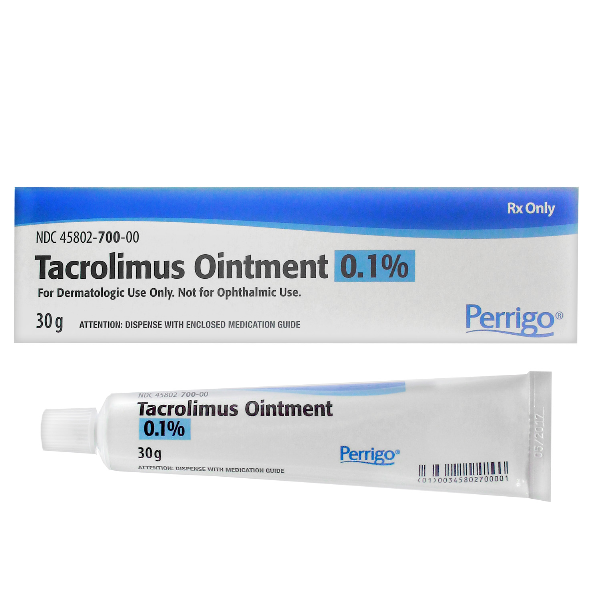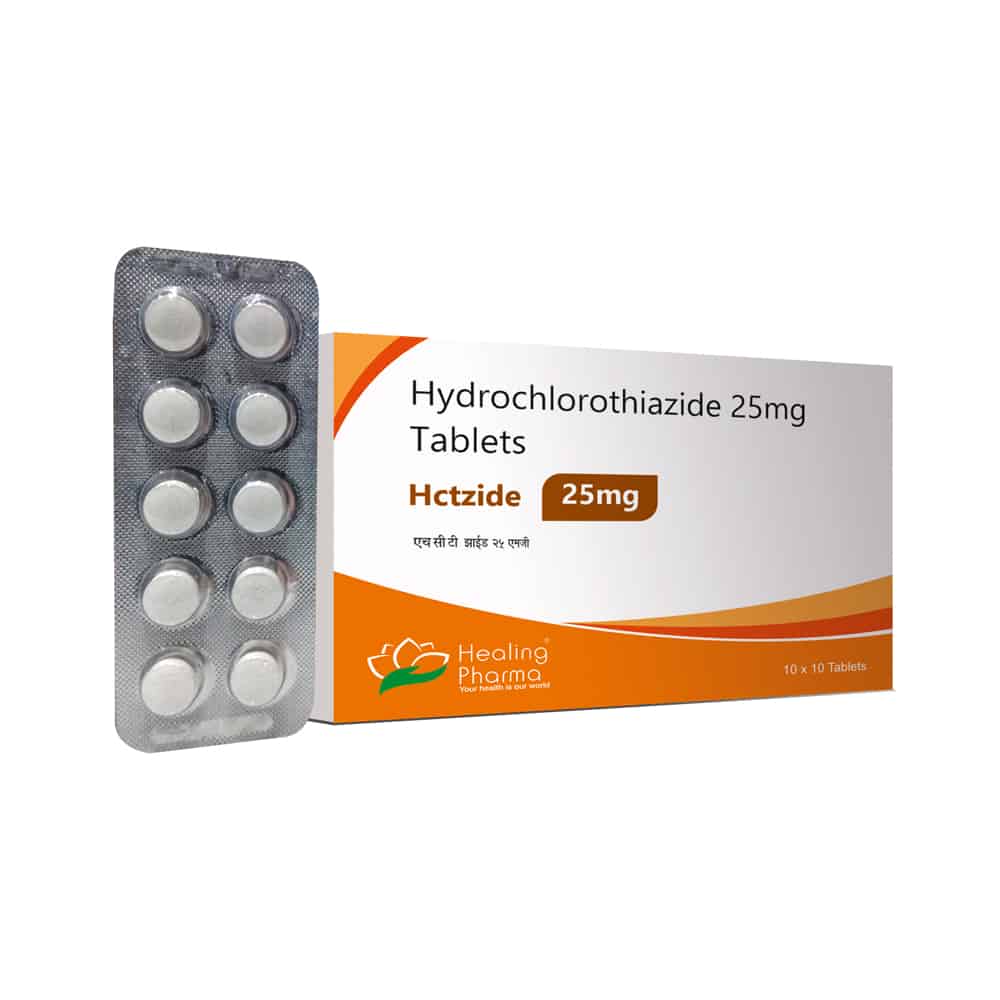Tacrolimus ointment 0.1% is a topical immunomodulator used in the treatment of certain skin conditions, most notably atopic dermatitis, also known as eczema. It works by modifying the immune system’s response to reduce inflammation and prevent the release of substances in the skin that cause allergic reactions. This medication is part of a class of drugs known as calcineurin inhibitors, which act by inhibiting the activity of calcineurin, a protein involved in the activation of T-lymphocytes, a type of white blood cell that plays a key role in the immune response.
Mechanism of Action
The mechanism of action of tacrolimus ointment involves the inhibition of calcineurin, which is crucial for the activation of T cells. By blocking calcineurin, tacrolimus prevents the dephosphorylation and subsequent translocation of nuclear factor of activated T cells (NF-AT) into the nucleus, thereby inhibiting the transcription of early cytokines. This action results in a decreased production of pro-inflammatory cytokines and a reduction in the immune response that leads to the symptoms of atopic dermatitis.
Indications
Tacrolimus ointment 0.1% is primarily indicated for the short-term and intermittent long-term treatment of moderate to severe atopic dermatitis in non-immunocompromised adults and children aged 2 years and above. It is used when the disease is not adequately responsive to other topical treatments or when those treatments are not appropriate. The application of tacrolimus ointment is limited to affected areas of the skin and should be used under medical supervision.
Dosage and Administration
The standard dosage of tacrolimus ointment 0.1% is to apply a thin layer to the affected skin areas twice daily and rub in gently and completely. The treatment should be discontinued when signs and symptoms of atopic dermatitis resolve. If symptoms persist beyond 6 weeks, the patient should be re-evaluated by their healthcare provider to determine the best course of action. The frequency of application can be adjusted, but it is generally recommended to apply the ointment twice a day for optimal efficacy.
Side Effects
Common side effects of tacrolimus ointment include burning sensations, itching, redness, and skin infections. These effects are usually mild to moderate and may decrease as the treatment progresses. Rare but more serious side effects can include increased risk of skin cancers and lymphomas, although evidence from studies specifically on topical use suggests a lower risk compared to systemic immunosuppression. The application site reactions can sometimes be managed by temporarily reducing the frequency of application or by using a lower concentration of tacrolimus, if available.
Precautions and Warnings
Patients using tacrolimus ointment should avoid excessive sun exposure and should not use it on pre-malignant or malignant skin conditions. It is also recommended to avoid applying the ointment to areas of the skin that are not affected by eczema, as this can increase the risk of side effects. Furthermore, caution should be exercised when using tacrolimus in patients with a history of skin cancers or those who are at increased risk of skin cancer due to prolonged immunosuppression.
Drug Interactions
Tacrolimus ointment may interact with other medications, including but not limited to, other immunosuppressants, which could increase the risk of adverse effects. Concomitant use with other topical medications should be approached with caution, and it is advised to consult with a healthcare provider before starting any new treatments while using tacrolimus ointment.
Storage and Handling
Tacrolimus ointment should be stored in a tightly closed tube at room temperature (between 15°C to 25°C or 59°F to 77°F) and should be kept out of reach of children. It is also important to protect the ointment from extreme temperatures, moisture, and direct sunlight.
Patient Education
Patients should be educated on the proper use of tacrolimus ointment, including how to apply it, the expected duration of treatment, potential side effects, and when to seek medical attention. It is also crucial for patients to understand the importance of adhering to the prescribed regimen and follow-up appointments with their healthcare provider.
Conclusion
Tacrolimus ointment 0.1% represents an effective treatment option for moderate to severe atopic dermatitis, providing an alternative to traditional topical corticosteroids for patients who are either unresponsive or cannot tolerate these treatments due to side effects. As with any medication, careful consideration of the benefits and risks, along with patient education and close monitoring by a healthcare provider, is essential for optimal therapeutic outcomes.
For optimal results, patients should be advised to apply tacrolimus ointment consistently as directed and to report any concerns or side effects to their healthcare provider promptly.
Additional Resources
For patients seeking more information or support regarding atopic dermatitis and its treatment with tacrolimus ointment, several organizations and online resources are available. These include the National Eczema Association (NEA) and the American Academy of Dermatology (AAD), which offer a wealth of information on managing eczema, understanding treatment options, and finding support groups.
Clinical Evidence and Trials
Clinical trials and studies have demonstrated the efficacy and safety of tacrolimus ointment 0.1% in the treatment of atopic dermatitis. These studies have shown significant improvements in disease severity, reduction in symptoms, and a favorable safety profile when used as directed. Ongoing research continues to explore the long-term benefits and potential applications of tacrolimus in dermatology.
Interactive Elements
Step-by-Step Guide to Applying Tacrolimus Ointment
- Wash your hands before applying the ointment.
- Gently clean the affected skin area with mild soap and water, then dry completely.
- Apply a thin layer of tacrolimus ointment to the affected area(s) of the skin.
- Gently rub the ointment into the skin until it disappears.
- Wash your hands after applying the ointment.
Benefits and Considerations of Tacrolimus Ointment
| Benefits | Considerations |
|---|---|
| Effective for moderate to severe atopic dermatitis | Potential for skin burning or itching at the application site |
| Alternative to topical corticosteroids | Risk of skin infections or other adverse effects with prolonged use |
| Improves quality of life for patients with atopic dermatitis | Requires medical supervision and monitoring |

FAQ Section
What is the primary use of tacrolimus ointment 0.1%?
+Tacrolimus ointment 0.1% is primarily used for the short-term and intermittent long-term treatment of moderate to severe atopic dermatitis in non-immunocompromised adults and children aged 2 years and above.
How often should tacrolimus ointment be applied?
+The standard application frequency is twice daily, but the healthcare provider may adjust this based on the patient’s response and side effects.
Are there any common side effects of using tacrolimus ointment?
+Yes, common side effects include burning sensations, itching, and redness at the application site. These are usually mild to moderate and may decrease over time.



